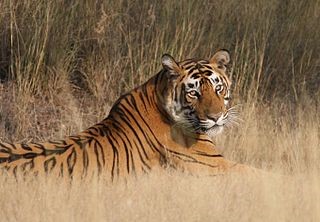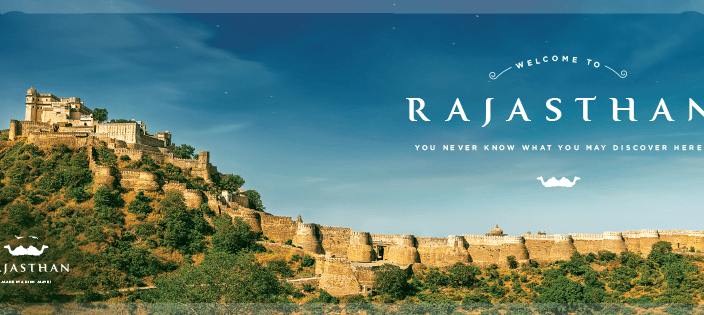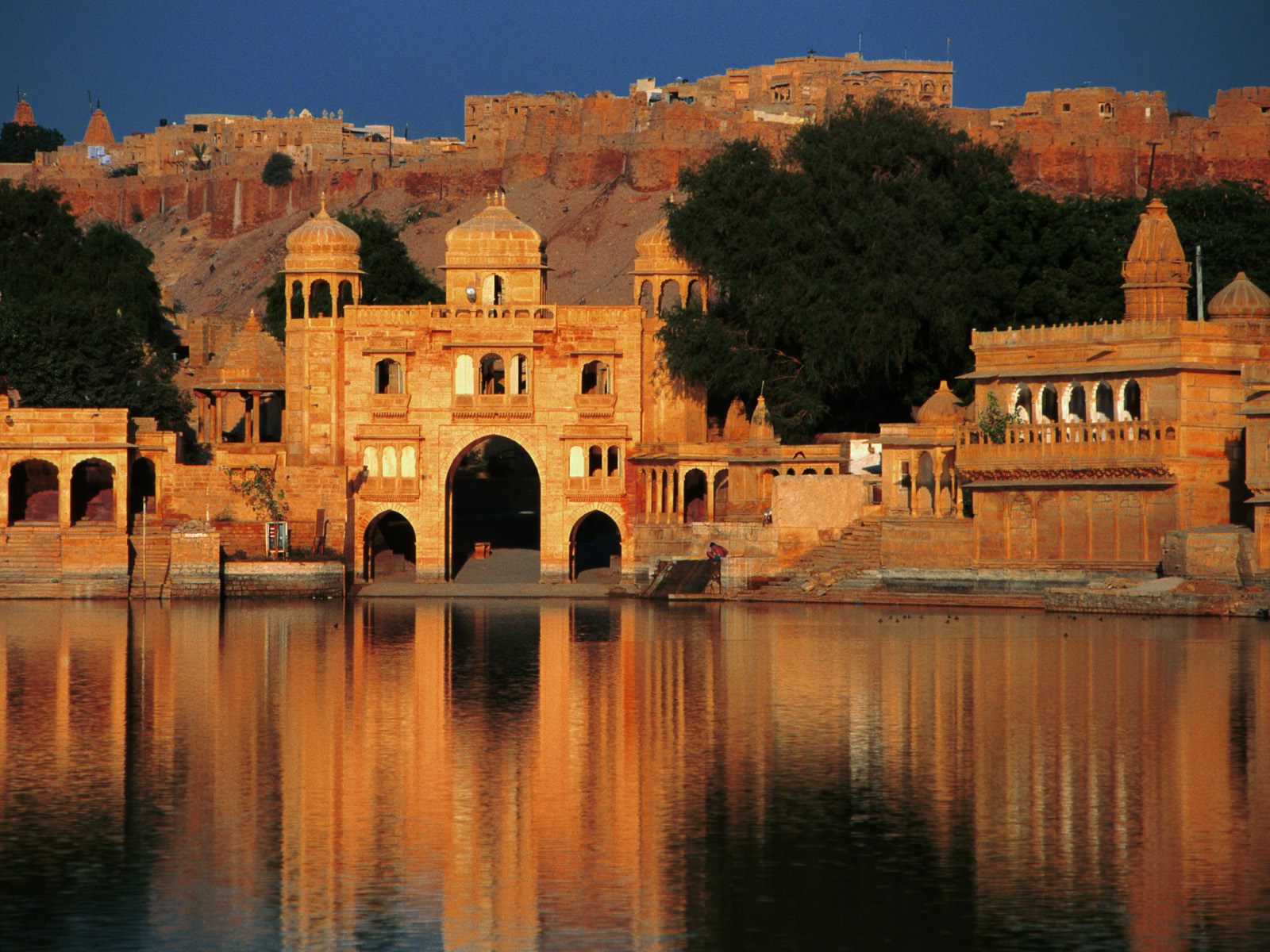The state was formed on 30 March 1949 when Rajputana – the name adopted by the British Raj for its dependencies in the region[6] – was merged into the Dominion of India. Its capital and largest city is Jaipur. Other important cities are Jodhpur, Kota, Bikaner, Ajmer and Udaipur.
Modern Rajasthan includes most of Rajputana, which comprises the erstwhile nineteen princely states, two chiefships, and the British district of Ajmer-Merwara. Marwar (Jodhpur), Bikaner, Mewar (Chittorgarh), Alwar and Dhundhar (Jaipur) were some of the main Rajput princely states. Bharatpur and Dholpur were Jat princely states whereas Tonk was a princely state under a Muslim Nawab.
Rajasthan's formerly independent kingdoms created a rich architectural and cultural heritage, seen even today in their numerous forts and palaces (Mahals and Havelis), which are enriched by features of Rajput and Jain architecture.
The development of frescos in Rajasthan is linked with the history of the Marwaris (Jodhpur-pali), who played a crucial role in the economic development of the region .Many wealthy families throughout Indian history have links to Marwar. These include the legendary Birla, Bajaj, Dalmia, and Mittal families.
 Rajasthan is also noted for its national parks and wildlife sanctuaries. There are four national park and wildlife
sanctuaries: Keoladeo National Park of Bharatpur, Sariska Tiger Reserve of Alwar, Ranthambore National Park of Sawai
Madhopur, and Desert National Park of Jaisalmer. A national level institute, Arid Forest Research Institute (AFRI) an
autonomous institute of the ministry of forestry is situated in Jodhpur and continuously work on desert flora and
their conservation.
Rajasthan is also noted for its national parks and wildlife sanctuaries. There are four national park and wildlife
sanctuaries: Keoladeo National Park of Bharatpur, Sariska Tiger Reserve of Alwar, Ranthambore National Park of Sawai
Madhopur, and Desert National Park of Jaisalmer. A national level institute, Arid Forest Research Institute (AFRI) an
autonomous institute of the ministry of forestry is situated in Jodhpur and continuously work on desert flora and
their conservation.Ranthambore National Park is 7 km from Sawai Madhopur Railway Station. it is known worldwide for its tiger population and is considered by both wilderness lovers and photographers as one of the best place in India to spot tigers. At one point, due to poaching and negligence, tigers became extinct at Sariska, but five tigers have been relocated there. Prominent among the wildlife sanctuaries are Mount Abu Sanctuary, Bhensrod Garh Sanctuary, Darrah Sanctuary, Jaisamand Sanctuary, Kumbhalgarh Wildlife Sanctuary, Jawahar Sagar sanctuary, and Sita Mata Wildlife Sanctuary.
Rajasthan is culturally rich and has artistic and cultural traditions which reflect the ancient Indian way of life. There is rich and varied folk culture from villages which are often depicted as a symbol of the state. Highly cultivated classical music and dance with its own distinct style is part of the cultural tradition of Rajasthan. The music has songs that depict day-to-day relationships and chores, often focused around fetching water from wells or ponds.

Special Jodhpuri Mirchi vada Rajasthani cooking was influenced by both the war-like lifestyles of its inhabitants and the availability of ingredients in this arid region. Food[46] that could last for several days and could be eaten without heating was preferred. The scarcity of water and fresh green vegetables have all had their effect on the cooking. It is known for its snacks like Bikaneri Bhujia. Other famous dishes include bajre ki roti (millet bread) and lahsun ki chutney (hot garlic paste), mawa kachori Mirchi Bada, Pyaaj Kachori and ghevar from Jodhpur, Alwar ka Mawa(Milk Cake), Kadhi kachori from Ajmer, malpauas from Pushkar, Daal kachori (Kota kachori) from Kota and rassgollas from Bikaner. Originating from the Marwar region of the state is the concept Marwari Bhojnalaya, or vegetarian restaurants, today found in many parts of India, which offer vegetarian food of the Marwari people.

